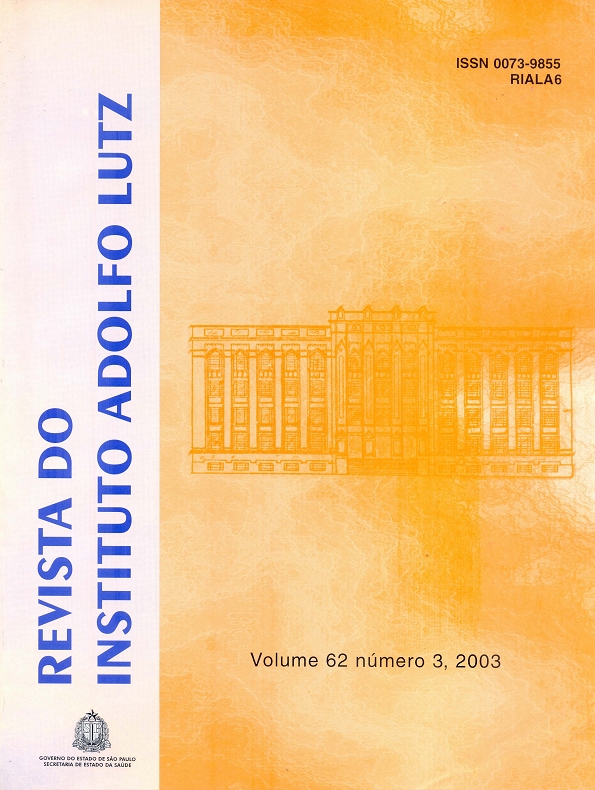Abstract
The use of fish industrialization residues is small in the
southern part of Rio Grande do Sul State, Brazil. These residues
are generally: accumulated in tanks without receiving any type
of treatment, discarded in the vicinity of the industries or taken
for low quality fish flour preparation. A simple and cheap
alternative for its use is the production of chemical silage. When
it is produced in good conditions it can be added in the ration
of birds, in a percentile maximum of 10%. In this present work
took place a study for the use of the residues under this form,
using its solid fraction in the quails ration and evaluating its
effects on the physical-chemical characteristics,
microbiological, and the sensorial profile of the fatty acids of
the eggs. The accomplished analyses were: Haugh Unit; yolk
index; relationship albumen/egg, yolk/egg and peal/egg,
according to Souza and Souza (1995) and volume of the yolk
and albumen; proximal composition, according to A.O.A.C.
(1995), and for proteins Micro Kjeldahl’s method was used, for
lipids the acid hidrolises and for ashes and humidity was used
gravimetric method; determination of fatty acid through
gaseous chromatography; sensorial analysis of scent and
flavor, through structured scales and evaluation of mesofilos
microrganism and psicrofilos, according to ABNT (1995), norm
MB-3462 Novembro/91, using the plaquement method in depth
and in surface, respectively; these analyses were accomplished
with samples stored in different times from 0 up to 30 days.
The found results demonstrate that was possible the use of
residues under the form of chemical silage, that proved to be a
stable product; in the quail eggs the physical-chemical
characteristics are modified along the time, mainly due to the
humidity changes; the sensorial terminology of the scent and
flavor of the eggs was gathered in four groups: sweetened,
penetrating, oleaginous and farinaceous; the diet has
influence in the sensorial characteristics, when the silage didn’t
contain antioxidant; the storage temperature has great
influence in the physical properties of the eggs; at the end of
the 30 days of storage the eggs didn’t show microbiological
contamination; there was a change in the profile of the fatty
acids of the quails eggs, in function of the modified diets.

This work is licensed under a Creative Commons Attribution 4.0 International License.
Copyright (c) 2003 Revista do Instituto Adolfo Lutz
